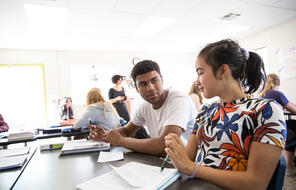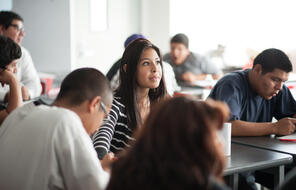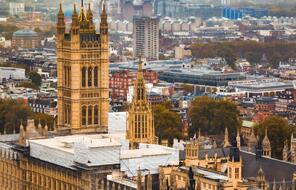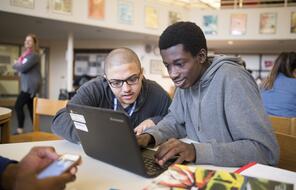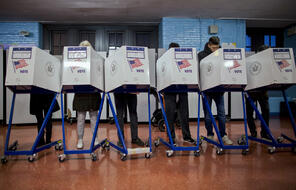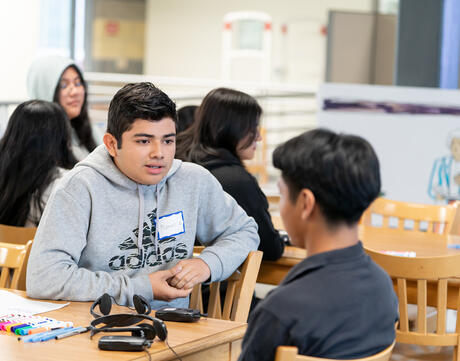
Imagining a World Without Extreme Political Polarization
Subject
- Civics & Citizenship
- Social Studies
Grade
6–12Language
English — USPublished
Get it in Google Drive!
Get everything you need including content from this page
Get it in Google Drive!
Get everything you need including content from this page
Overview
About This Activity
If you taught one or more of the other political polarization activities that are part of this collection, this fifth activity is a helpful wrap-up. This 20-minute activity asks students to engage their civic imagination and step back to consider what our country might be like in 30 or 50 years if extreme political polarization and divisiveness didn’t exist. Civic imagination allows students to explore their hopes and visions, as well as make informed and ethical choices about how they want to participate in democracy today.
How to Implement This Activity
- Prepare Students for the Activity
If you did not teach Activities 1 through 4, you can briefly share what political polarization is and its causes by reviewing excerpts from the Political Polarization in the United States explainer. - Students Reflect on Political Polarization in the Present
Begin by asking students to reflect on what political polarization looks, sounds, or feels like in their community. Encourage students to reflect on whether this has changed at all—either by increasing or decreasing—ahead of the election and why they think that is the case. You can record these ideas and observations as a concept map on the board. - Students Imagine the Future
Then ask students to imagine their community 30 or 50 years in the future at a time when extreme political polarization doesn’t exist. Students will free-write, draw, or do both without stopping for three to five minutes. Let students know that they can just write whatever comes to mind in relation to the prompts without worrying about grammar, mistakes, or editing. If a picture or visual comes to mind, they can draw instead of or in addition to writing. Students shouldn’t feel like they need to respond to all of the following questions, which are intended to prompt their reflection and imagination.- What does your community look, sound, and feel like in the future?
- How do people engage in discussion when they disagree with one another?
- How do people respond when challenging societal issues come up that need to be solved?
- What does your community look, sound, and feel like during an election when people are voting for their representatives?
- Reflect Through Discussion
Next, ask students to pair up and share what it was like to imagine that future, basing their discussion on the following questions:
- What felt easy and/or hard to imagine about the future? Why do you think that was the case?
- How did that imagined future help you think about what might be possible in our world today?
- Did this affect the way you think about the upcoming election? If so, how?
Ask students to share highlights from their conversations with the larger group. Draw on students’ ideas and synthesize connections between what students imagined and what might be possible in our world today.
Unlimited Access to Learning. More Added Every Month.
Facing History & Ourselves is designed for educators who want to help students explore identity, think critically, grow emotionally, act ethically, and participate in civic life. It’s hard work, so we’ve developed some go-to professional learning opportunities to help you along the way.
Exploring ELA Text Selection with Julia Torres
On-Demand

Working for Justice, Equity and Civic Agency in Our Schools: A Conversation with Clint Smith
On-Demand

Centering Student Voices to Build Community and Agency
On-Demand





